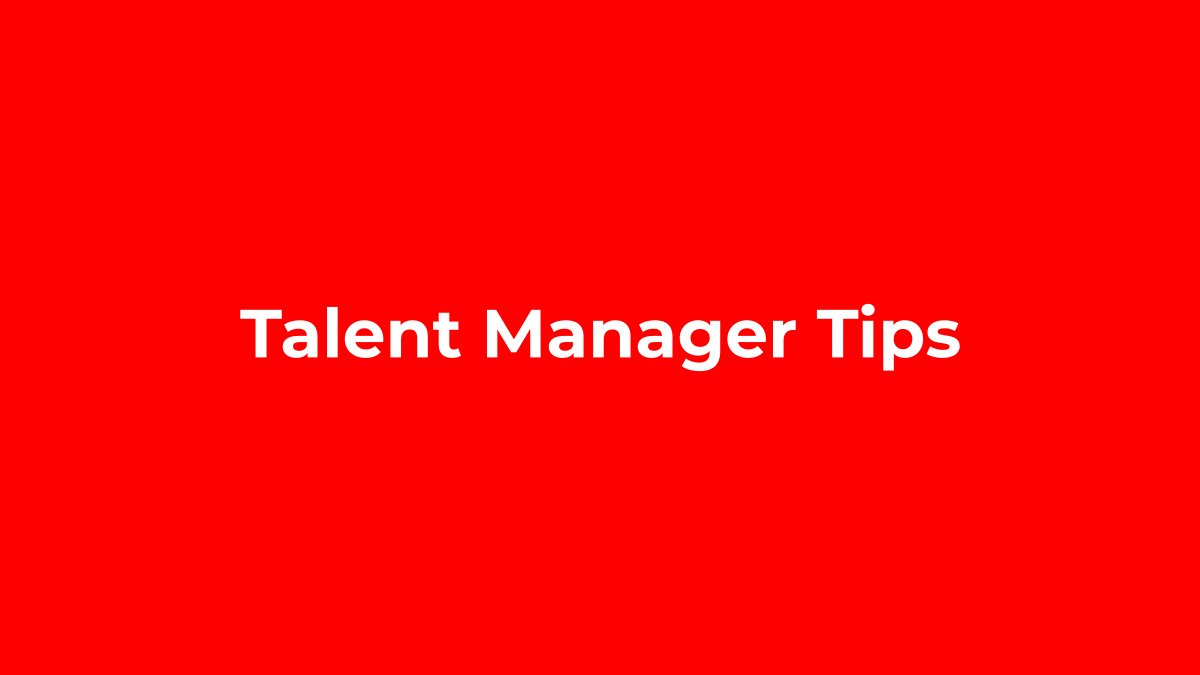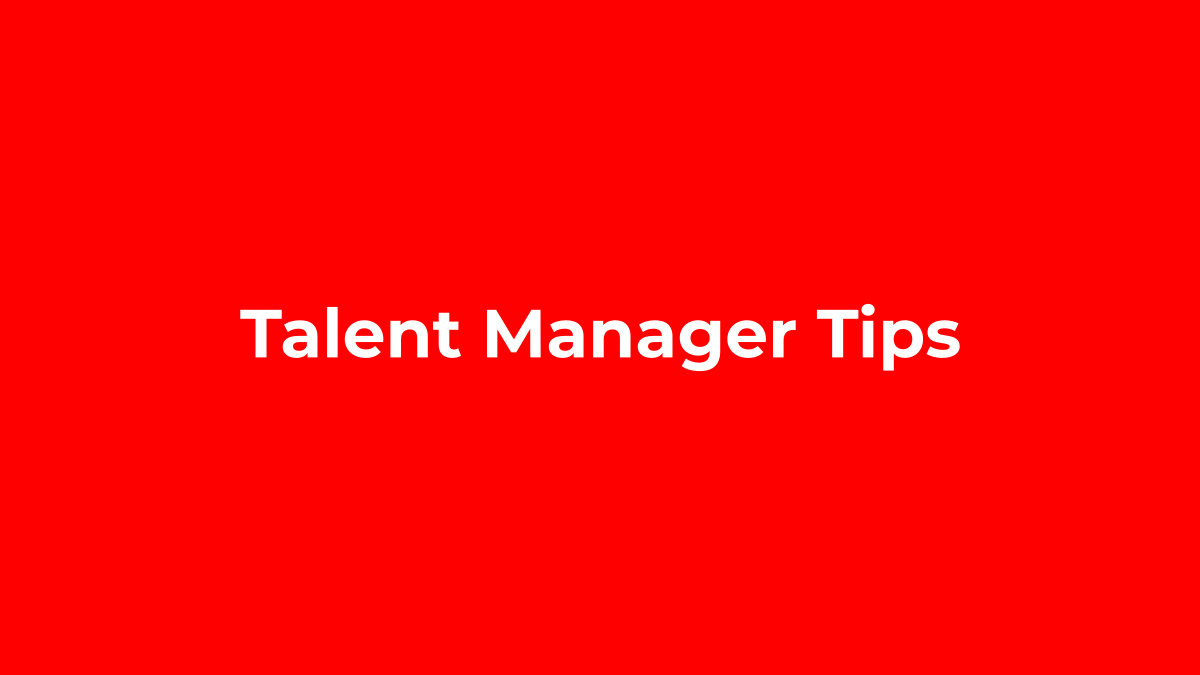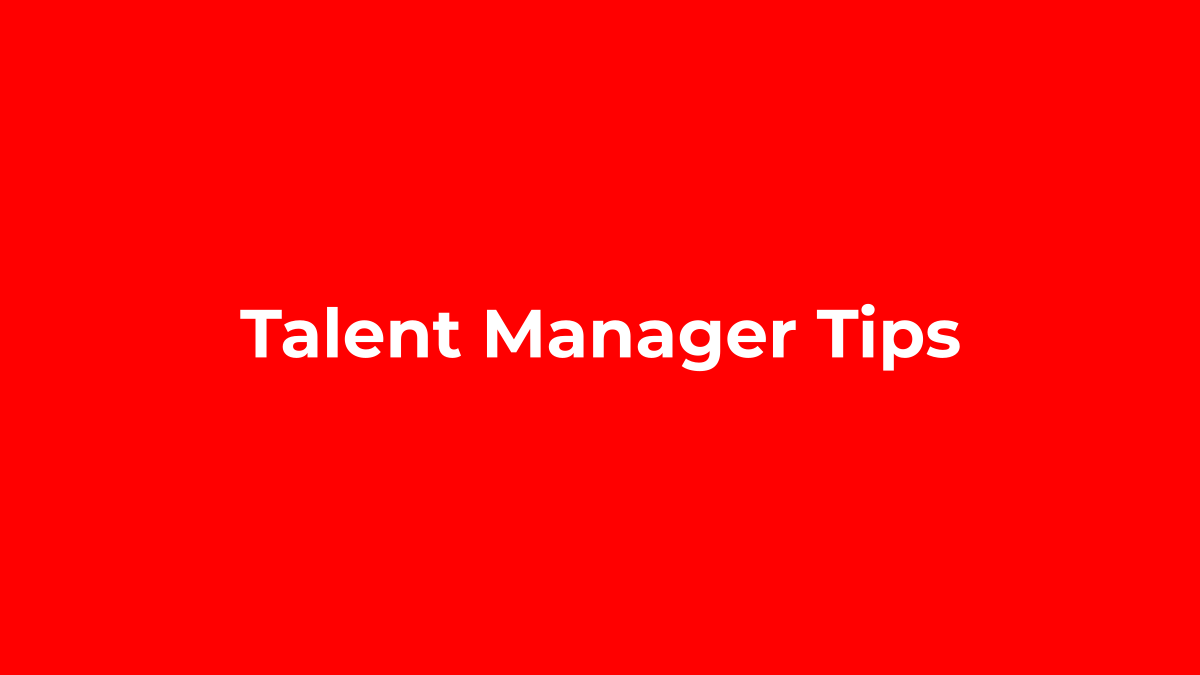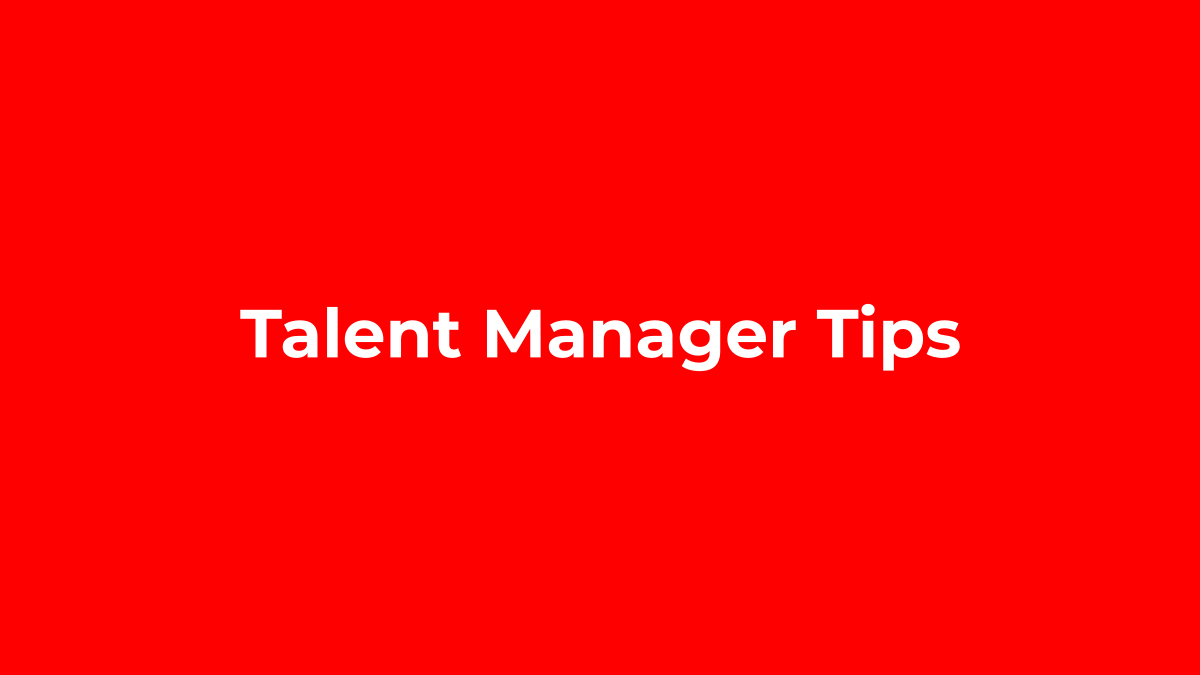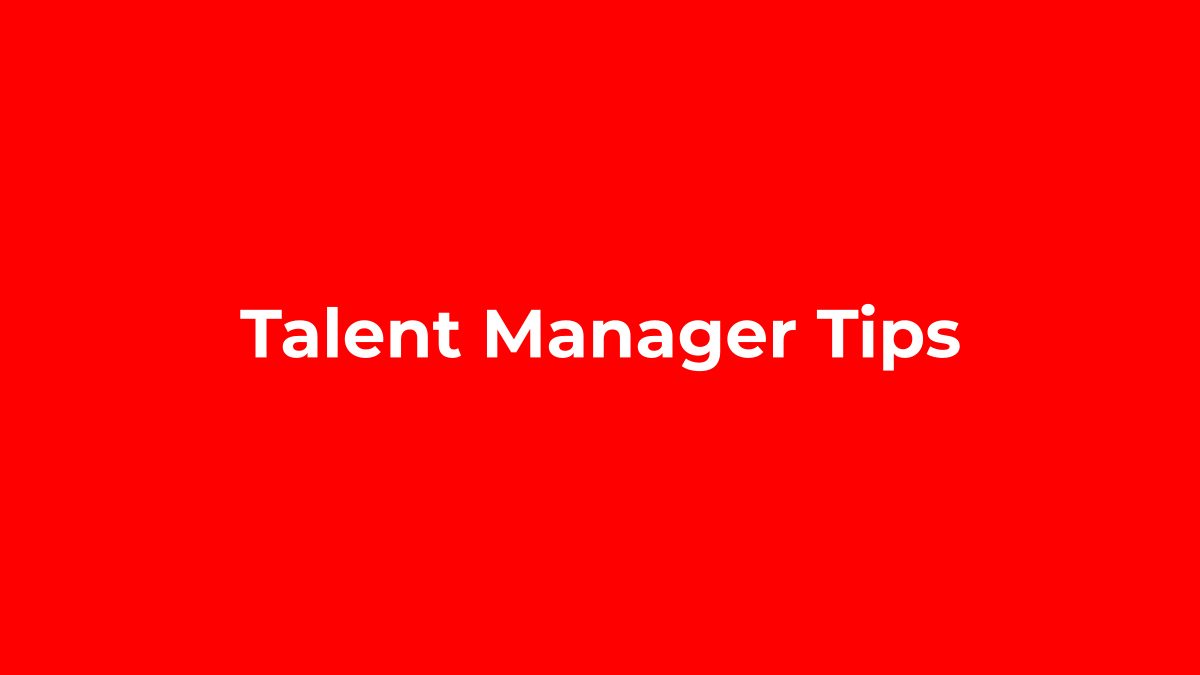Managing talent effectively requires efficient processes, sharp decision-making, and the right technology. One critical aspect often overlooked is client expectation management. This guide explores actionable techniques for talent managers to set realistic client expectations, helping you secure stronger relationships, boost productivity, and win more brand deals.
Contents
Importance of Setting Client Expectations
Clearly defining expectations from the beginning leads to trustworthy, profitable relationships between creators, talent managers, and brands. Unrealistic expectations create stress, reduce productivity, and harm credibility—costing opportunities and impacting revenue.
- Fact: Mismanaged expectations are a leading cause of client dissatisfaction.
- Benefit: Proper expectation management can increase revenue opportunities by building trust.
Key Steps for Clear Expectation Management
Consistent communication and clearly outlined responsibilities are foundational steps in aligning expectations. Follow these techniques to manage expectations smoothly:
- Create a detailed onboarding process: Clearly outline deliverables, deadlines, communication channels, and SOPs upfront to avoid misunderstanding.
- Regular progress updates: Provide weekly or bi-weekly check-ins to update clients, anticipate issues, and receive immediate feedback.
- Set realistic timelines: Allow buffer time for unforeseen situations, clearly communicating this to all stakeholders involved.
Handling Unrealistic Requests Effectively
Not all client expectations are feasible or reasonable. Talent managers must tactfully navigate unrealistic requests while maintaining positive professional relationships.
- Focus on transparency: Explain clearly and calmly why certain requests can’t be met without impacting quality or timelines.
- Offer alternative solutions: Proactively suggest feasible compromises that align better with project constraints and client goals.
- Document your conversations: Use written confirmations of conversations and agreements to minimize misunderstandings down the road.
Conclusion
Effectively managing client expectations helps talent managers boost productivity, attract branding deals, and earn greater revenue. Start today with these action items:
- Implement structured onboarding processes.
- Convey realistic timelines clearly.
- Maintain open and frequent communication.
- Address unrealistic requests with clarity and practical alternatives.
Read more expert strategies at https://mediakits.app/category/talent-manager-tips/
